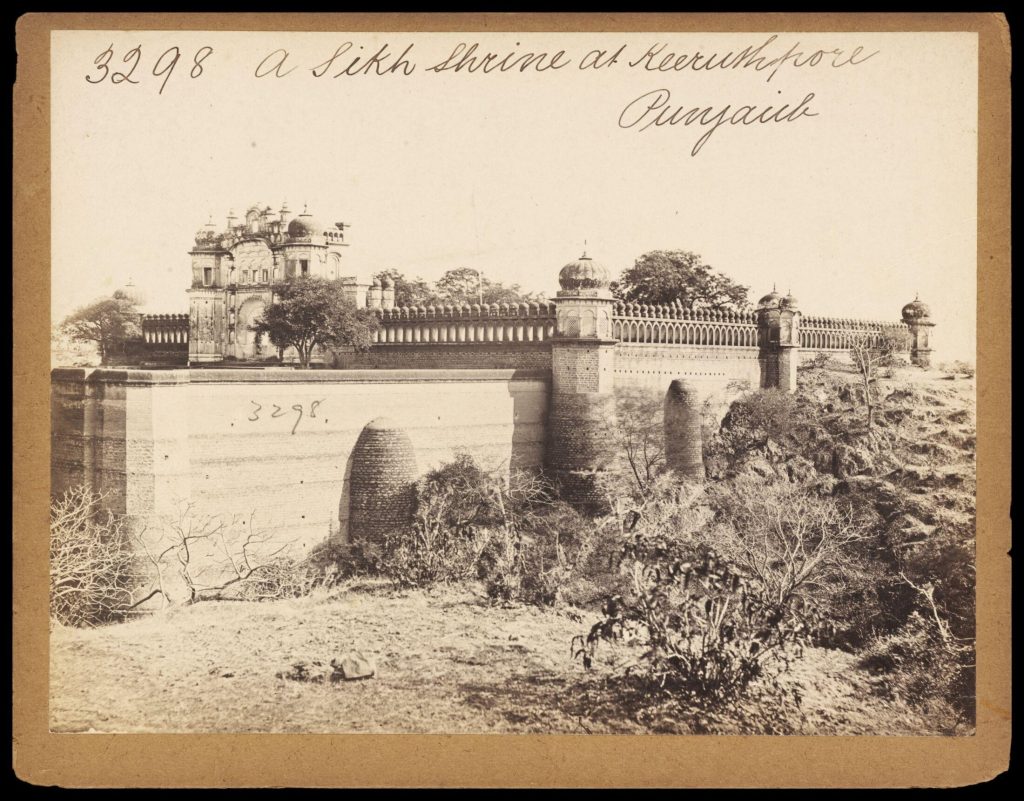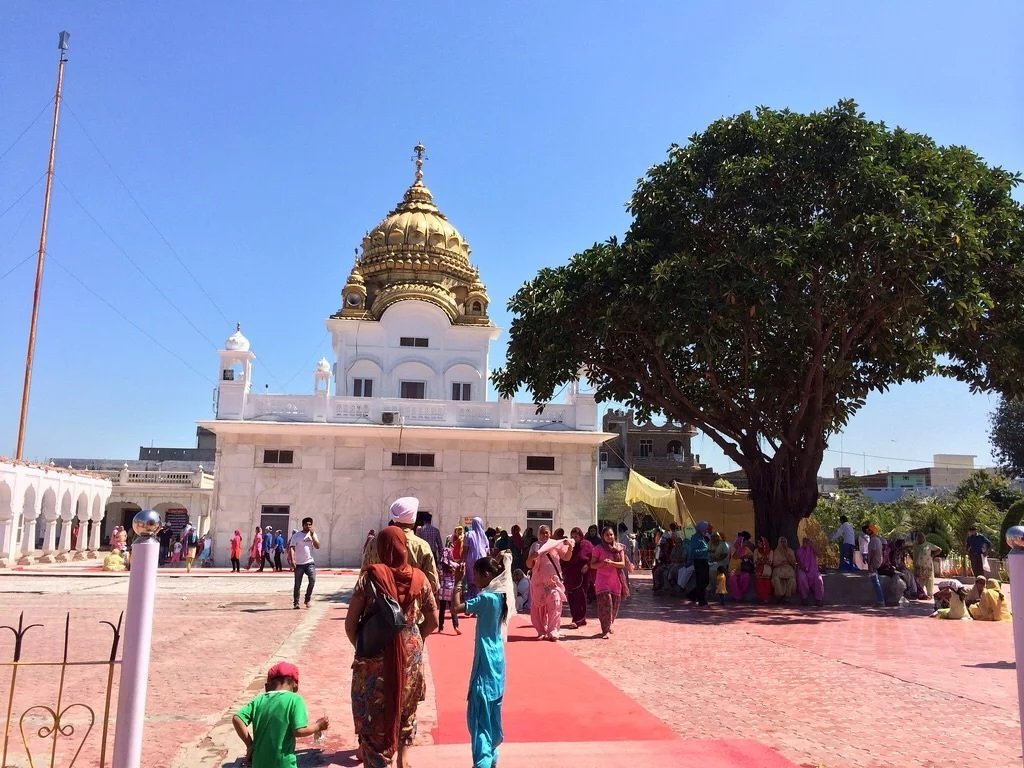Explore Kotha Guru's rich history from Mughal times to Sikh heritage. Uncover ancient secrets in Punjab's famous old village. Visit today!
Explore the historical shrines of Kiratpur Sahib, founded by Baba Gurditta, and delve into its rich Sikh legacy amidst the serene Sivalak foothills.
Explore Kartarpur's rich history, from its furniture industry roots to sacred sites like Gurdwara Thamm Sahib, established by Guru Arjan. Visit today!
Explore Jhanda Ramdas, a village in Punjab honoring Baba Buddha, with three historic gurdwaras marking Guru Hargobind's visit and Baba Buddha's legacy.
Explore Dera Baba Nanak—a sacred site by the Ravi River in Punjab, tied to Guru Nanak's legacy and home to historical gurdwaras and spiritual heritage.
Learn about Baba Balak Singh (1785-1862), mentor to Baba Ram Singh and pioneer of the Namdhari movement, with teachings that shaped Sikh society.
BARBARA SINGH, BABA (1814-1870), second in the hierarchy of the Nirankari sect, was the eldest of the three sons of Baba Dayal, the founder of the sect. He was born at Rawalpindi on 1 Baisakh 1871 Bk / 11 April 1814 and succeeded to his father`s seat on 30 January 1855. From among the creed of religious and social reform preached by his father, he gave his utmost attention to one item marriage by Anand ceremony. He summoned an assembly of his followers and admirers at the Nirankari Darbar at Rawalpindi on 13 March 1855, and married a Sikh couple in the presence of Guru Granth Sahib, without inviting Brahman priests and dispensing with the rite of circumambulations around a fire.





